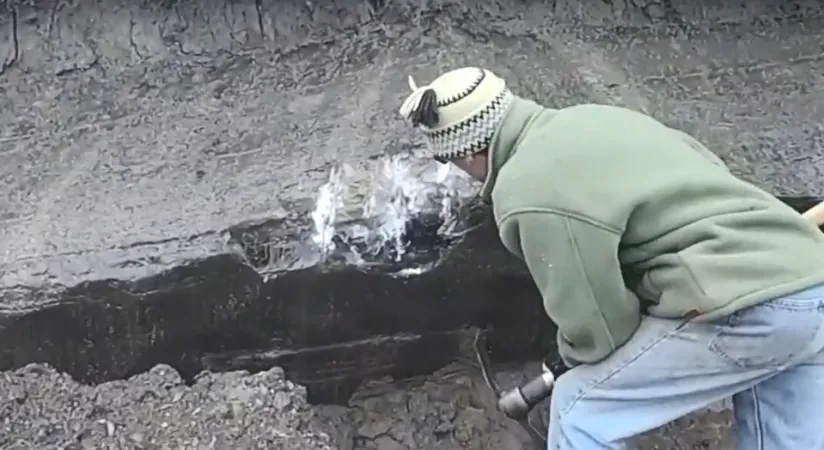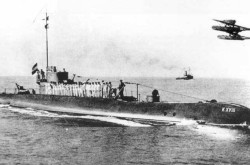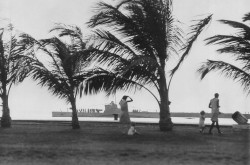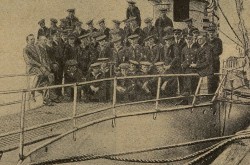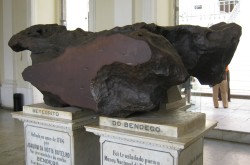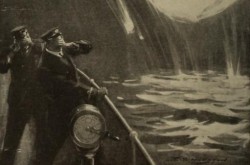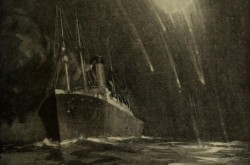Arctic Roads: Canada in a Changing Climate
Canada's seasonal Inuvik-Tuktoyaktuk ice road is now a permanent feature in the Arctic. A warming climate has led to this. Learn more about this remarkable feature in Canada's landscape.
Transcript
S: Hi, I’m Steve Wolfe.
P: And I’m Peter Morse.
S: We are permafrost scientists with the Geological Survey of Canada.
P: Permafrost,
S: or frozen ground,
P: is soil or rock that remains below zero degrees Celsius throughout the year.
S: Over half of Canada is underlain by permafrost, and most of northern Canada has permafrost everywhere beneath the land.
P: We travelled to the western Canadian Arctic to investigate permafrost conditions along the Inuvik to Tuktoyaktuk highway.
S: The highway extends for 142 kilometres, between the town of Inuvik, along the Mackenzie River Delta, to Tuktoyaktuk on the Beaufort Sea coast. It is Canada’s most northern highway.
P: The highway connects people between communities, and closer to the land.
S: We are examining permafrost conditions along the highway.
P: We are on…
S: The highway
P: … the Inuvik to Tuktoyaktuk highway.
P: It extends from spruce forests in the south to tundra in the north.
S: The highway uses climate change adaptation measures to reduce the impact of thawing. This includes the use of geotextiles to help support the road.
P: Even so, it needs regular maintenance to ensure safe driving conditions throughout the year.
S: To better understand the permafrost conditions between Inuvik and the coastal community of Tuktoyaktuk, we are mapping the regional permafrost features, and relating the complex geology to the ground ice conditions in permafrost.
P: We do this by examining permafrost exposures in the field.
S: We need your pickaxe!
S: You see this…
P: Yeah.
S: …nice layer of mix of clay and ice in there.
P: Oh yeah.
S: Clean, clean ice here.
S: Getting a slab here…
P: Ooohh yeah!!
S: … oh yes.
S: Face is dirty .
P: Platy, fairly platy looking flat bubbles in there.
S: Really flat, but again very pure ice.
S: The melting of ground ice, due to disturbance and climate change, is increasing the hazards associated with permafrost in the region.
P: These geological studies will help to ensure that the highway continues to operate safely under changing permafrost conditions.



